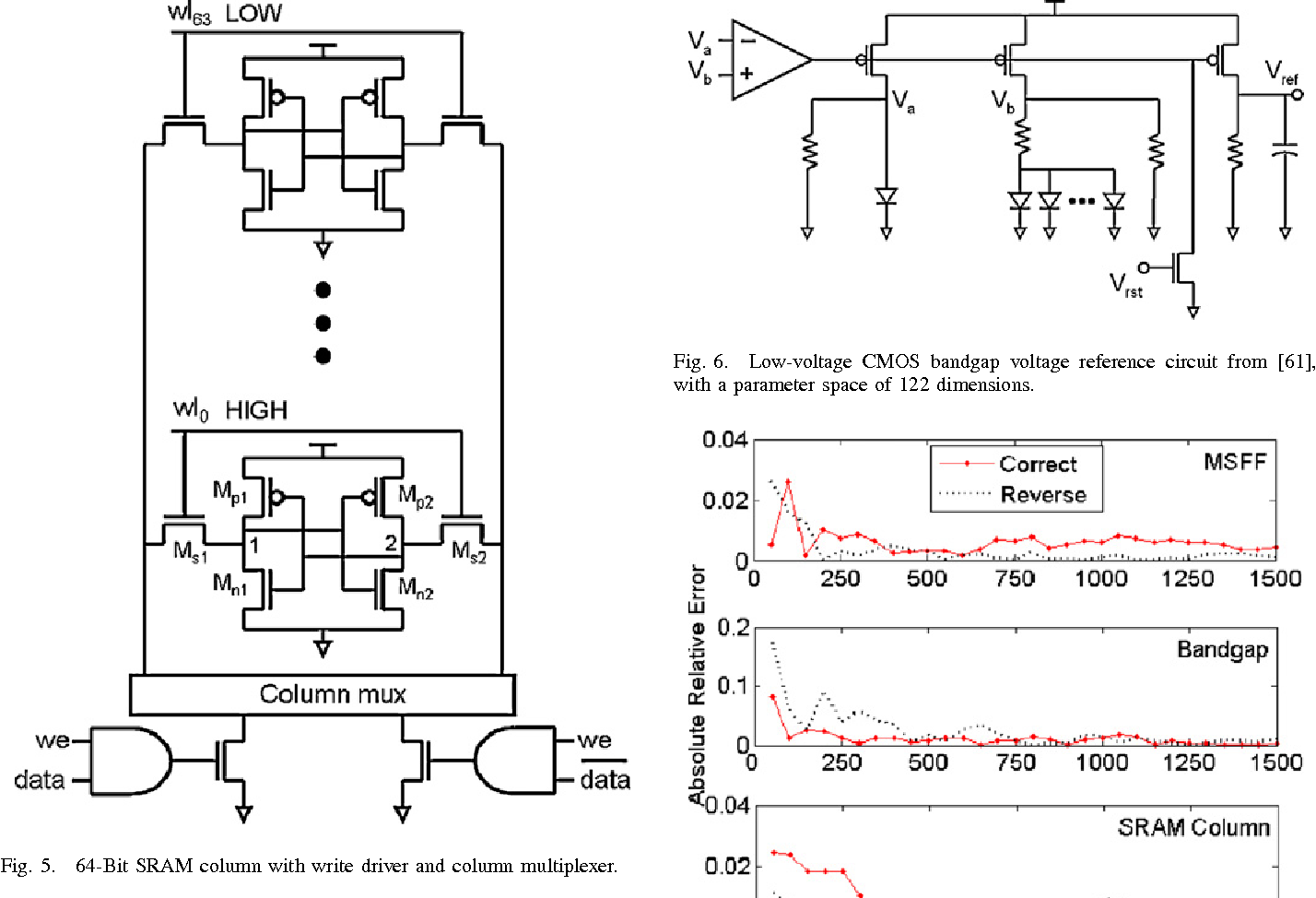
1786 Laplace suggested that could be evaluated by random sampling.A probabilistic approach to slope stability analysis allows the observed natural variability of many parameters to be taken into consideration. Such analyses have been succesfully solved using a Monte Carlo Sampling approach based on well-established deterministic algorithms. However computation time can be substantial if significant sampling errors are to be avoided.Analytical versus Monte Carlo Pseudo random numbers Generating analytical distributions in MC Latin square hypercube sampling Prediction based on a.Controlling Correlations in Latin Hypercube Samples Art B. OWEN Monte Carlo integration is competitive for high-dimensional integrands.
An application of the LHS technique in the field of rock slope stability assessment will then be discussed.There is some evidence to suggest that quasi-Monte Carlo methods perform better than Latin Hypercube when sampling over a small number of input variables17. Previous work has shown that the additive part of the integrand is integrated with errorThree sampling methods are compared for efficiency on a number of test problems of various complexity for which analytic quadratures are available. The methods compared are Monte Carlo with pseudo-random numbers, Latin Hypercube Sampling, and Quasi Monte Carlo with sampling An alternative approach has been developed which uses the Latin Hypercube Sampling (LHS) approach to the same algorithms. LHS, in essence, is a constrained randomisation sampling scheme which is sensitive to the extreme values of the data range. This has been successfully applied to rock slope stability analyses concerning plane and wedge failure and has been found to represent the original data more closely than could Monte Carlo sample sets of the same size.Latin Hypercube Note: in the special case in which the function f(U) is a sum of one-dimensional functions: f(U) X i f i(U i) where U i is the ith component of U, then Latin Hypercube sampling reduces to 1D stratied sampling in each dimension. Monte Carlo Monte Carlo techniques came from the complicated diffusion problems that were encountered in the early work on atomic energy.

To produce these diagrams, the Triangular distribution was sampled in seven separate simulations again with the following number of iterations: 50, 100, 200, 300, 500, 1000, 5000 for both LHS and Monte Carlo sampling. From these two panels, one can get the feel for the consistency provided by LHS.The bottom two panels provide a more general picture. An "memory" is where the sampling algorithm takes account of where it has already sampled from in the distribution. The difference between the approaches was taken because the LHS has an "memory" and the Monte Carlo sampling does not. In the LHS test, seven different simulations were run for the seven different numbers of iterations. In the Monte Carlo test, the distribution was sampled 50 times, then another 50 to make 100, then another 100 to make 200, and so on to give simulations of 50, 100, 200, 300, 500, 1000, 5000 iterations.
...


 0 kommentar(er)
0 kommentar(er)
